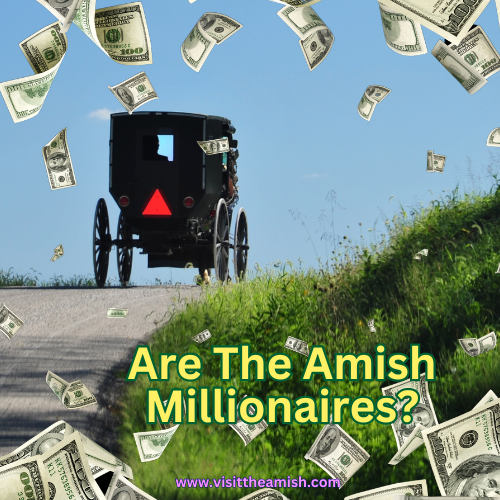Walnut Horn Cookies: A Pennsylvania Dutch Christmas Tradition
In the enchanting world of holiday baking, certain recipes weave magic into the season’s festivities, and for many, the Walnut Horn Cookies, affectionately called “kiffels” in Pennsylvania Dutch tradition, hold the key to a truly joyous Christmas.
A Treasured Tradition
In homes across Pennsylvania Dutch country, the aroma of freshly baked Walnut Horn Cookies permeates the air, signaling the arrival of the festive season. These delicate crescent-shaped delights aren’t just cookies; they’re a legacy—a cherished tradition passed down through generations, embodying the spirit of Christmas.
The Recipe: Walnut Horn Cookies (Kiffels)
Ingredients:
For the Dough:
- 1 cup unsalted butter, softened
- 1 package (8 ounces) cream cheese, softened
- 2 cups all-purpose flour
For the Filling:
- 1 ½ cups walnuts, finely chopped
- 1 cup granulated sugar
- 1 teaspoon vanilla extract
- Confectioners’ sugar for dusting
Instructions:
Step 1: Prepare the Dough
- In a mixing bowl, cream together the softened butter and cream cheese until smooth.
- Gradually add in the flour, mixing until a soft dough forms.
- Divide the dough into four portions, wrap them in plastic wrap, and refrigerate for at least 2 hours or until firm.
Step 2: Make the Filling
- In another bowl, combine the finely chopped walnuts, granulated sugar, and vanilla extract. Mix until well combined. Set aside.
Step 3: Shape the Cookies
- Preheat your oven to 350°F (175°C). Line baking sheets with parchment paper.
- Take one portion of the chilled dough at a time. On a floured surface, roll out the dough into a thin circle (about 8 inches in diameter).
- Using a pizza cutter or a sharp knife, cut the circle into 8 equal wedges.
- Place a small spoonful of the walnut filling at the widest end of each wedge. Roll the dough, starting from the wide end, to form crescent shapes.
- Place the walnut horns on the prepared baking sheets, seam side down, and gently curve them into a crescent shape.
- Bake for 15-18 minutes, or until lightly golden. Let the cookies cool on the baking sheets for a few minutes before transferring them to wire racks to cool completely.
Step 4: Dust and Delight
Once cooled, dust the Walnut Horn Cookies generously with confectioners’ sugar, creating a snowfall-like effect that adds to their festive charm.
A Taste of Tradition
The Walnut Horn Cookies, or kiffels, embody the essence of Christmas in Pennsylvania Dutch households. Their delicate, flaky crust envelopes a sweet and nutty filling, creating a symphony of flavors that dances on the taste buds—a tantalizing treat that captures the heart of the holiday season.
So, as you embark on your holiday baking adventures, consider adding these Walnut Horn Cookies to your repertoire. Let them weave their magic, bringing the spirit of Pennsylvania Dutch Christmas traditions into your home. After all, ’tis the season for sweetness, joy, and delightful kiffels!









